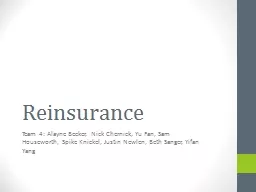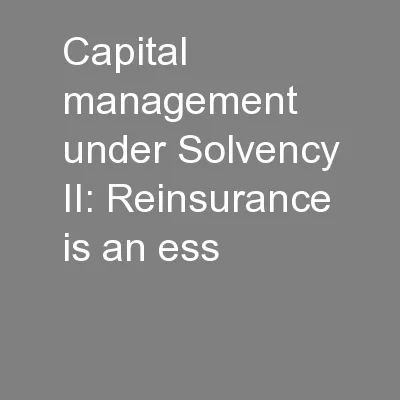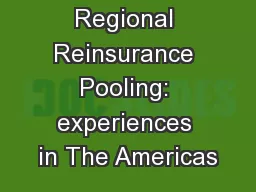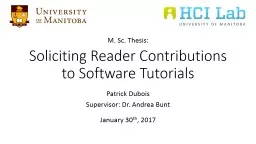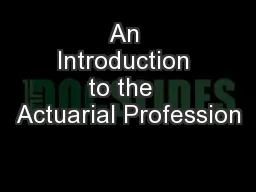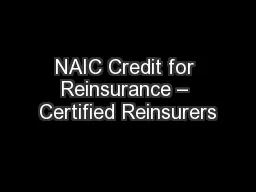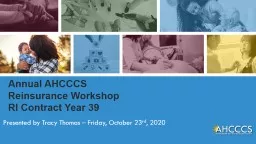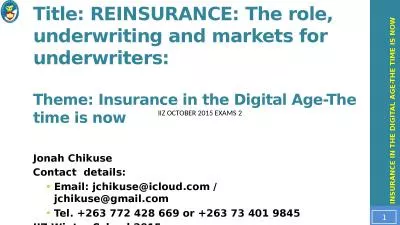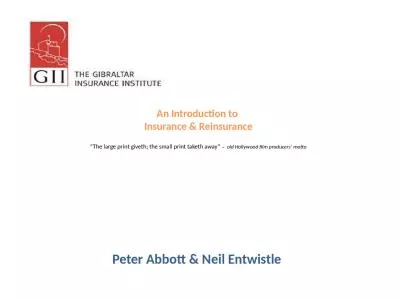PPT-Actuarial role/ contributions/ challenges in Reinsurance
Author : lois-ondreau | Published Date : 2017-12-30
Jyoti Majumdar 19 May 4th Seminar on Current Issues in General Insurance The big problem One of the solutions Expanding the horizon QampA Agenda 2 I ncreasing values
Presentation Embed Code
Download Presentation
Download Presentation The PPT/PDF document "Actuarial role/ contributions/ challenge..." is the property of its rightful owner. Permission is granted to download and print the materials on this website for personal, non-commercial use only, and to display it on your personal computer provided you do not modify the materials and that you retain all copyright notices contained in the materials. By downloading content from our website, you accept the terms of this agreement.
Actuarial role/ contributions/ challenges in Reinsurance: Transcript
Download Rules Of Document
"Actuarial role/ contributions/ challenges in Reinsurance"The content belongs to its owner. You may download and print it for personal use, without modification, and keep all copyright notices. By downloading, you agree to these terms.
Related Documents



